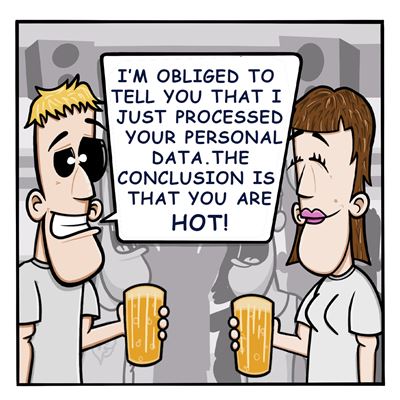Introduction
While the regulations set out clear requirements with respect to transparency, they do not draw razor-sharp boundary lines or prescribe exactly how to be transparent. Specific assessments must be made in each individual case. This is why we devote so much space in this report to examples, because the assessments and associated initiatives in these real-life examples can provide valuable lessons for others facing similar issues. This is not a complete guide to all aspects of transparency when using AI. However, we highlight some key sandbox discussions that we believe can be of value to others.
Trust is a recurring topic in the examples. If people are to be willing to use solutions and share personal information, they must feel confident that the solution works as intended and adequately protects their privacy.
The Norwegian Data Protection Authority's 2019/2020 survey showed clear indications of a “chilling effect” on public engagement. In other words, if people are unsure about how their personal data are going to be used, they change their behaviour. Over half of those questioned have avoided using a service due to uncertainty about how personal data are collected and used. As many as two out of three respondents feel they have little control and are powerless when it comes to the flow of personal data online. It is easy to assume that this chilling effect applies not only to the internet, but that the scepticism spills over into other forms of personal data sharing, for example when confronted by AI-driven tools.
This experience-based report starts with a review of the most important statutory provisions relating to transparency when using AI. We then present three projects from the Norwegian Data Protection Authority's regulatory sandbox, where transparency has been an important topic. Finally, we have drawn up a checklist for transparency in relation to AI.
Whether you are a programmer sitting at the heart of the development process or an entrepreneur with a burgeoning idea, whether you work for a major enterprise or a small startup: we think this report could be useful for many of those who are developing, using or considering the procurement of AI-based solutions. We hope you will find it illuminating and inspiring, and that it can help you succeed with your AI endeavours.
